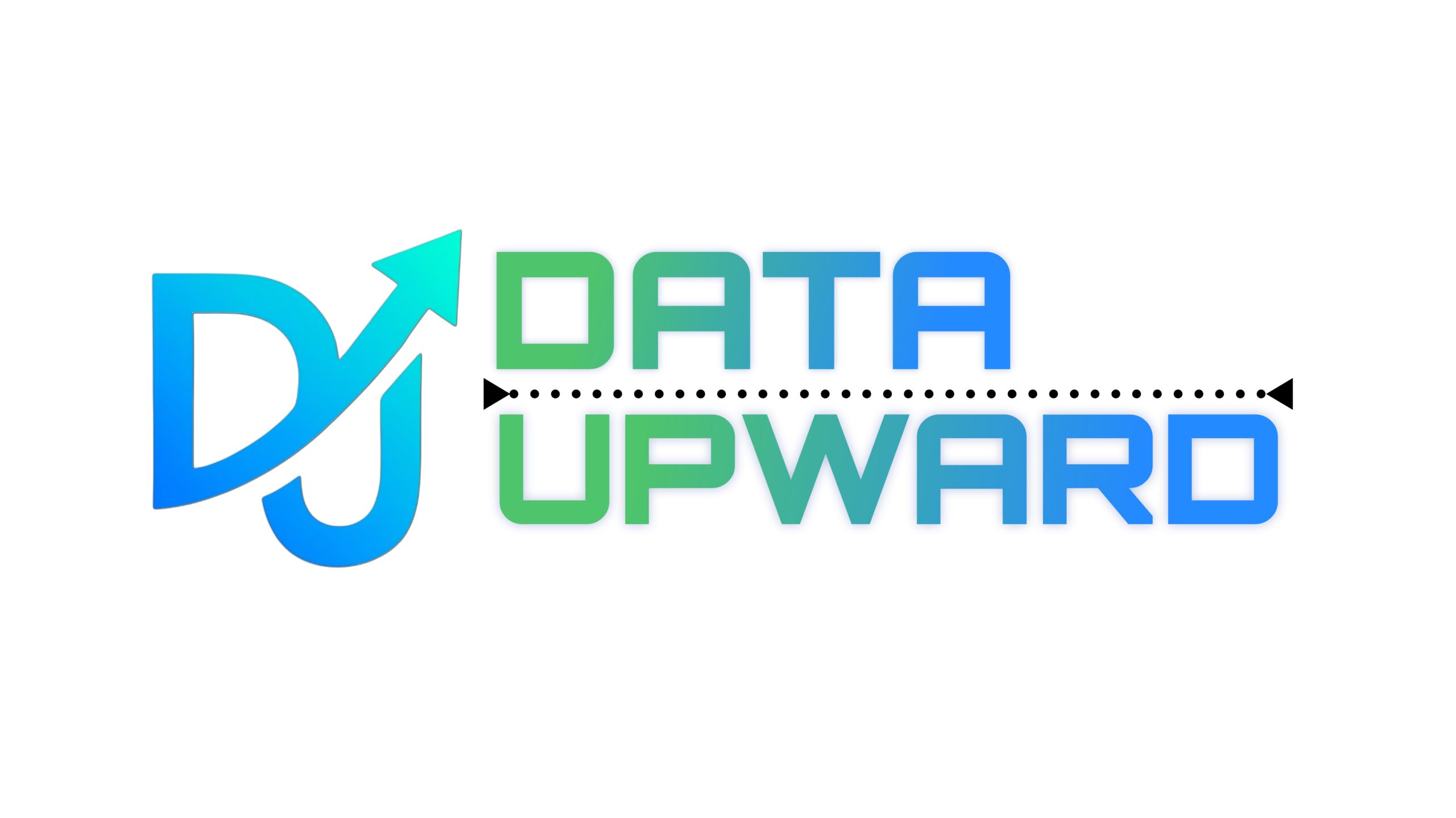Introduction: The Evolution of Data Analytics in the AI Era
It is difficult to imagine how much we have changed. Ten years ago, data analytics represented a process of digging through endless spreadsheets and making assumptions. In 2025 it is a totally different story here. AI is no longer a show-biz feature, but it is changing the whole analytics ecosystem. Organizations now have the ability to take in huge volumes of information, access responses within seconds and actually take action on the data. “AI is changing data analytics in 2025“
You’ll see AI everywhere. It auto cleans sloppy data, creates charts without you requesting it to, and creates predictive models so true to form that they can know what customers will need even before they need it. Finance, healthcare, retail, manufacturing, all industries are surfing this wave. And the pace is unbelievable: the information that was obtained in days now shows up in seconds.
The comprehension of the context by AI is what makes the year 2025 truly special. New analytics platforms are not, merely, crunching numbers: with smarter machine learning, natural-language processing, and generative AI, such platforms can comprehend what is going on. They are self-taught, provide sound advice, and full of original ideas. This would have sounded like a science fiction just a few years back.
The Background: This is the Place AI meets Data Analytics.
Fundamentally, AI will provide machines with the ability to reason, problem-solve, and learn. In data analytics, it does heavy lifting: it identifies patterns, predicts trends, and liberates individuals to perform menial tasks. Machine learning is a process that enables computers to acquire skills by analyzing previous data not merely by following some unbending rules. Neural networks and deep learning reveal complex trends in images, speech, and text. Combined with other features, these abilities enable companies to derive a maximum value out of their data quicker than ever.
The 10 Best Ways AI Is Changing Data Analytics in 2025.
1. Automated Preprocessing and Cleaning of data.
No longer wasting time on cleaning spreadsheets. The grunt work, identification of outliers, and correction of errors, and the absence of values are handled by AI. The dataset is already ready when it comes to analysts.
2. Large scale predictive and Prescriptive Analytics.
AI does not analyze the past, but predicts the next probable actions and advises them. Organizations become reactive to proactive.
3. Live Data Analysis and Analytics.
Once the market situation changes, a security risk can appear, or a new customer tendency is observed, AI raises a red flag instantly. Businesses are able to do it immediately rather than merely watching.
4. Smarter Dashboards through Natural Language Processing.
There is no longer any digging inside dashboards. Ask, what were sales last quarter, and get a plain English answer. Information is more of a dialogue as opposed to a puzzle.
5. High-end Data Visualization using Generative AI.
Charts and graphs are no longer kept in place. Generative AI can transform data into real-time interactive visual and dynamic charts that can evolve based on your requirements. Even complicated information is simplified.
6. Artificial Intelligence-Based Decision Support Systems.
Analytics is really potent. By 2025, AI decision tools are not passive data processing tools but they suggest the optimal actions. A supply-chain application has the potential to execute all situations within seconds and identify the best solution, accelerating decisions, eliminating errors, and discovering opportunities where you would not otherwise see them.
7. Embedding Edge AI to Process Faster.
Edge AI is a total revolution. Firms do not have to transmit all the information to an internet hub, instead processing the data at the location it was collected, IoT sensors, cars, health equipment. This method is more secure, cost economical and fast.
8. Enhanced security of the computer and the ability to detect abnormalities.
Security has never been more important than it is now with the transfer of data being nonstop. AI technology identifies threats as they occur and identifies suspicious behavior and stops attacks prior to spreading. They are never-ending learners and they pick out the problems that humans may fail to notice.
9. AI Makes Data a Business of All People.
In the past, analytics could be explored by only data scientists and IT personnel. AI can now enable any person, whether skilled or not, to discover insights. No need to do any code, just question in a simple language, talk to an AI or present the findings using dynamic charts that (literally) display instantly.
10. Blaming AI with the ethics and sustainability.
It is no longer about what AI can do, but it is also about the way it does it. There is a doubt whether algorithms are ethical and sustainable because of businesses. It is concentrated on responsible data use, open-minded decisions, and eco-friendly technology.
Case Studies: AI in the Real World (2025 Edition).
Retail Forecasting with AI Supercharges.
Large retailers such as Walmart and Amazon rely on AI to interpret sales trends, weather, and social media trends in the neighborhood. The outcome is precise inventory predictions which minimize wastages, better inventory and customer satisfaction. Everyone benefits.
The Predictive Forces of Manufacturing.
In agriculture, AI can predict machine malfunctions. The live sensor data will help the system identify issues in time, minimize breakdowns, prolong equipment life, and save money on repairs. Having a tireless mechanic at hand.
AI Tools that will change the game You will see everywhere.
Analytics Assistants powered by GPT.
GPT based analytics assistants transform business intelligence. Ask a question, get a fast answer – or a chart – without struggling with spreadsheets. Anyone can become a data expert at any given time.
Cloud AI Platforms: Cloud Analytics.
Large providers of clouds (Google, Microsoft, Amazon) provide built in AI analytics. They offer machine learning, data pipelines, and dashboards all in one so that analytics is no more difficult. Leave your data and receive immediate insights.
Open-Source Tools: Making everybody powerful.
Tensor Flow, PyTorch, and Apache Spark frameworks are still necessary. They are open, flexible, and free and promote experimentation and avoid gatekeeping whilst bringing about innovation.
Want more details? Both of these frameworks are loaded with data on Google AI.
The Uglier Side: The AI Analytics Problems.
Ethics Dilemma and Data Bias.
The quality of AI will be as good as the data it is fed. The poor data may bring bias and gaps that are detrimental to decision making particularly in banking and in healthcare. Remediation is ongoing, but there is increased awareness.
Control, Data Confidentiality, and Respect.
Governments are increasing regulations of data such as GDPR. Business firms should be able to be transparent, gain consent and real privacy. In the absence of such guardians, AI analytics is prone to legal and reputational harm.
The Future of AI + Analytics: 2025 and Beyond.
The relationship between analytics and AI is going to become even stronger. In 2030, analytics systems can work independently, gather information, process it, and take actions on the findings without human intervention. A feature called explainable AI will become the standard that will make businesses feel as though they are nearly psychic.
Other more interesting topics about Data Analytics – visit HERE

